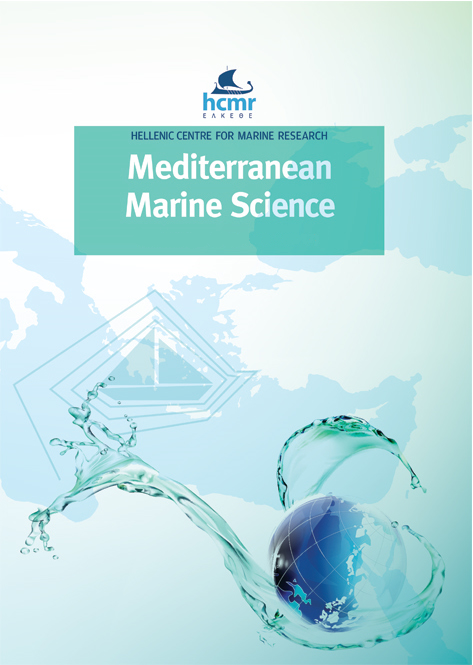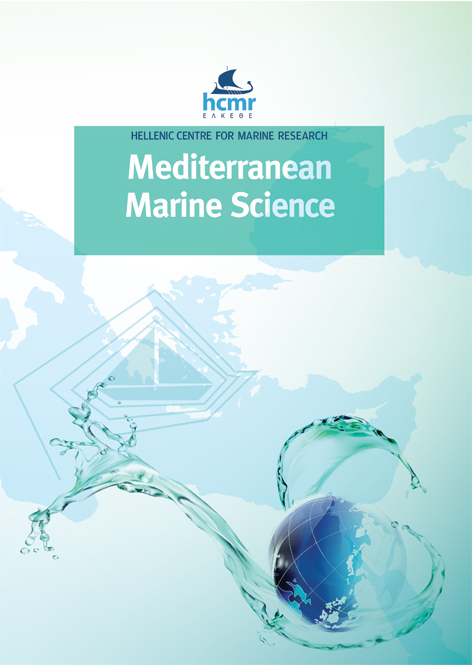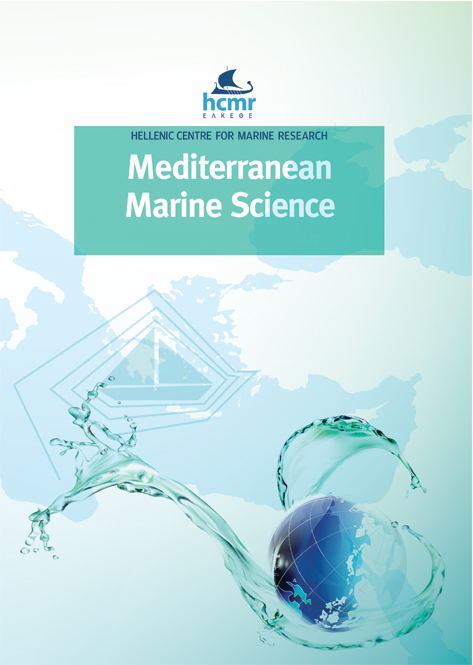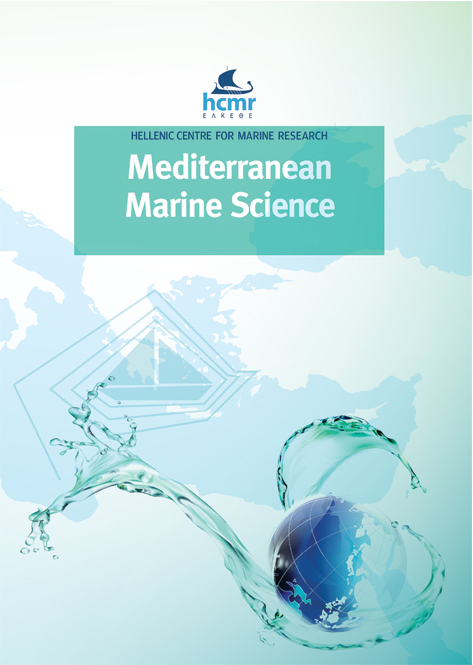The use of an unmanned aerial vehicle to investigate habitat use and behavior of invasive blue crab in Mediterranean microhabitats
Abstract
The blue crab Callinectes sapidus has shown an immense capacity to adapt to new habitats in the Mediterranean Sea. Following
the numerous reports of its proliferation along western Sicily, an investigation was conducted to identify any existing populations. In August 2021, a population of blue crabs was found in the natural reserve of Trapani which includes a large area of restored saltmarshes. In this study, by developing a tracking system using Unmanned Aerial Vehicles (UAV), we studied (i) the behavior of blue crabs on an hourly scale, and (ii) the weekly position of blue crabs in the saltmarshes to determine substrate preference. This study provides a new approach to better understand C. sapidus’ habitat use and their potential impact on local biodiversity. Blue crab activity was found to increase with temperature and tidal height, with a peak in activity observed at high tide and at maximum temperatures: the mean speed (m h-1) was higher (12.1 ± 8.7 m h-1) at T > 28 °C than at T = 23.7 °C (2.0 ± 3.2 m h-1). Considering habitat use, in 49 ± 13 % of the cases, blue crabs were observed on the sand, while 21 ± 14 % in the Cymodocea meadows, and 30 ± 15 % in the Ruppia meadows. These microhabitats provide a refuge for C. sapidus and should be prioritized and studied before management plans are designed and implemented to manage this important invasive species.
Article Details
- Come citare
-
MARCHESSAUX, G., BIZZARRI, S., MARSIGLIA, N., PONZÈ, N., & SARÀ, G. (2023). The use of an unmanned aerial vehicle to investigate habitat use and behavior of invasive blue crab in Mediterranean microhabitats. Mediterranean Marine Science, 24(2), 229–240. https://doi.org/10.12681/mms.31332
- Fascicolo
- V. 24 N. 2 (2023): VOL 24, No 2 (2023)
- Sezione
- Research Article
Authors who publish with this journal agree to the following terms:
- Authors retain copyright and grant the journal right of first publication with the work simultaneously licensed under a Creative Commons Attribution Non-Commercial License that allows others to share the work with an acknowledgement of the work's authorship and initial publication in this journal.
- Authors are able to enter into separate, additional contractual arrangements for the non-exclusive distribution of the journal's published version of the work (e.g. post it to an institutional repository or publish it in a book), with an acknowledgement of its initial publication in this journal.
- Authors are permitted and encouraged to post their work online (preferably in institutional repositories or on their website) prior to and during the submission process, as it can lead to productive exchanges, as well as earlier and greater citation of published work (See The Effect of Open Access).








